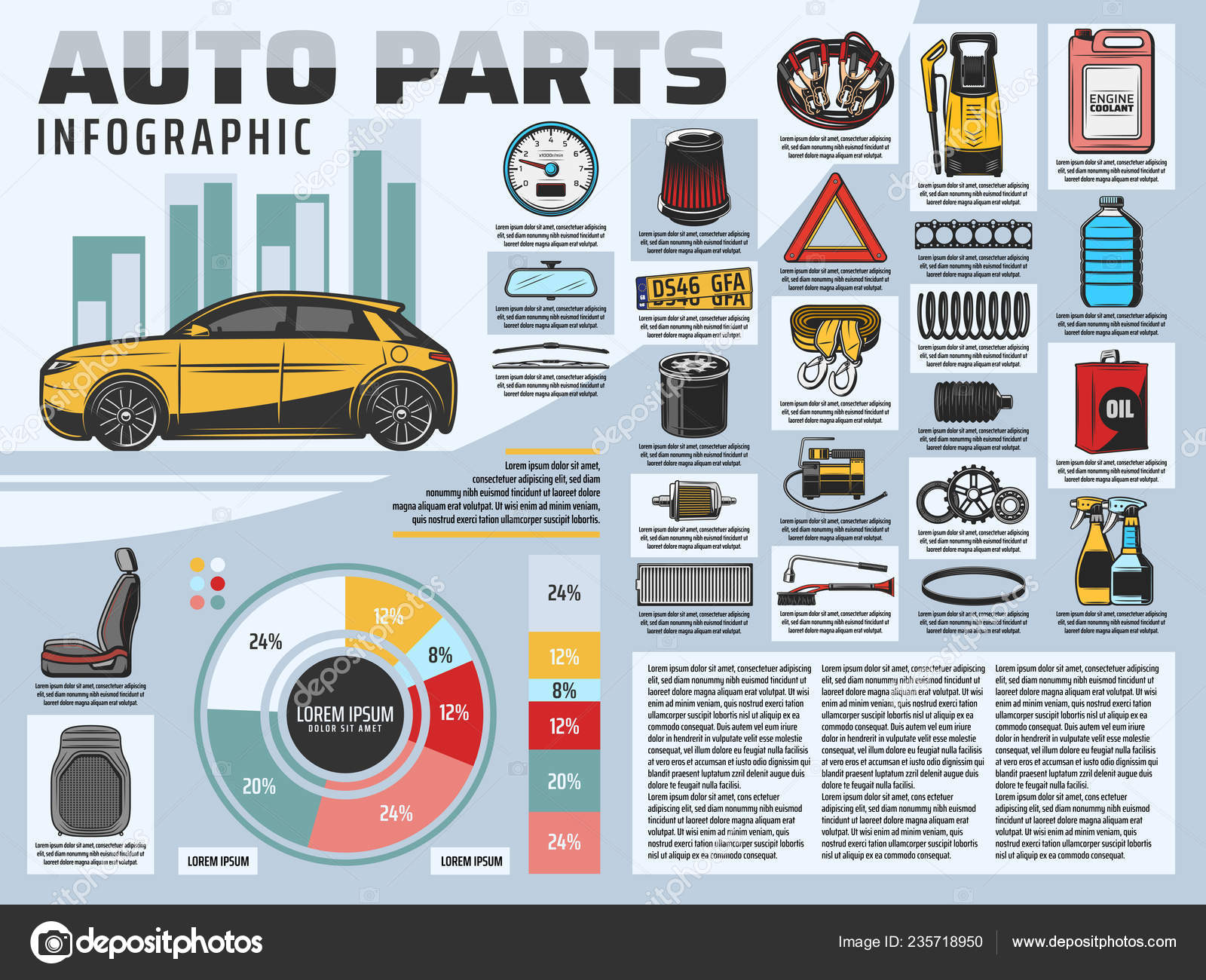Understanding The Definition Behind Your Car'S Warning Lighting: A Comprehensive Look
Understanding The Definition Behind Your Car'S Warning Lighting: A Comprehensive Look
Blog Article
Content By-Termansen Corbett
When you're behind the wheel, those glowing warning lights on your control panel can be a little bit difficult. Do you know what they're trying to tell you regarding your vehicle's health and wellness? Comprehending the relevance of these lights is important for your safety and the longevity of your automobile. So, mobile detailing services of those lights turns up, wouldn't you want to analyze its message properly and take the needed steps to resolve it?
Common Warning Lights and Interpretations
Determine typical caution lights in your cars and truck and understand their meanings to make sure risk-free driving.
One of the most common caution lights consist of the check engine light, which indicates problems with the engine or discharges system. If this light comes on, it's important to have your car inspected promptly.
The oil stress cautioning light suggests reduced oil pressure, needing immediate attention to avoid engine damages.
A flashing battery light may recommend a damaged billing system, possibly leaving you stranded otherwise addressed.
The tire pressure surveillance system (TPMS) light signals you to reduced tire pressure, impacting car stability and fuel efficiency. Disregarding this could lead to hazardous driving conditions.
The abdominal muscle light shows a trouble with the anti-lock braking system, endangering your ability to quit promptly in emergency situations.
Lastly, the coolant temperature level advising light warns of engine getting too hot, which can result in serious damage if not dealt with quickly.
Comprehending these usual warning lights will certainly aid you attend to concerns without delay and keep secure driving conditions.
Relevance of Prompt Focus
Understanding the common warning lights in your car is only the first step; the relevance of promptly resolving these cautions can't be stressed enough to ensure your safety on the road.
When a caution light illuminates on your dashboard, it's your auto's means of communicating a prospective concern that needs interest. Neglecting these cautions can cause a lot more extreme troubles later on, jeopardizing your safety and security and possibly costing you much more in repairs.
Trigger interest to cautioning lights can stop breakdowns and crashes. For instance, a blinking check engine light might indicate a misfire that, if left unattended, can cause damage to the catalytic converter. Resolving this promptly can save you from a costly repair work.
In a similar way, a brake system advising light might signal low brake fluid or worn brake pads, crucial elements for your security when driving.
Do It Yourself Troubleshooting Tips
If you notice a caution light on your dashboard, there are a couple of DIY troubleshooting ideas you can attempt before looking for expert aid.
The very first step is to consult your cars and truck's handbook to understand what the certain caution light suggests. Occasionally the issue can be as straightforward as a loosened gas cap activating the check engine light. Tightening the gas cap might settle the issue.
One more common problem is a low battery, which can cause numerous advising lights. Inspecting the battery links for deterioration and guaranteeing they're safe and secure might take care of the trouble.
If a caution light lingers, you can attempt resetting it by detaching the auto's battery for a few minutes and afterwards reconnecting it. Additionally, inspecting your car's liquid levels, such as oil, coolant, and brake liquid, can assist troubleshoot advising lights connected to these systems.
Verdict
Finally, recognizing your cars and truck's caution lights is essential for maintaining your vehicle running smoothly and safely. By promptly dealing with these notifies and knowing what they indicate, you can avoid expensive repairs and possible failures.
Keep in car grooming services to consult your cars and truck's manual for particular information on each advising light and take action accordingly to make sure a trouble-free driving experience.
Keep educated, remain secure when driving!
